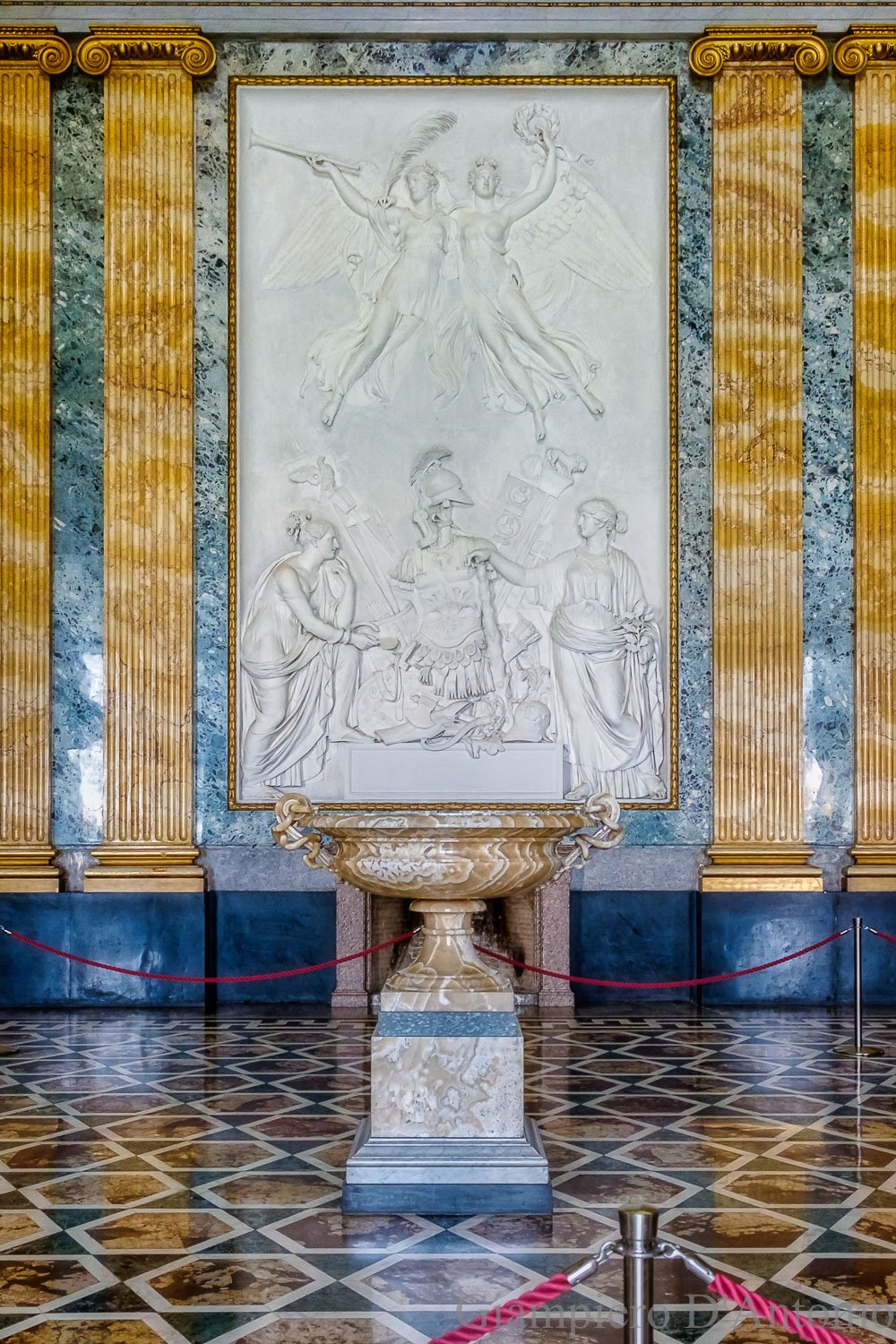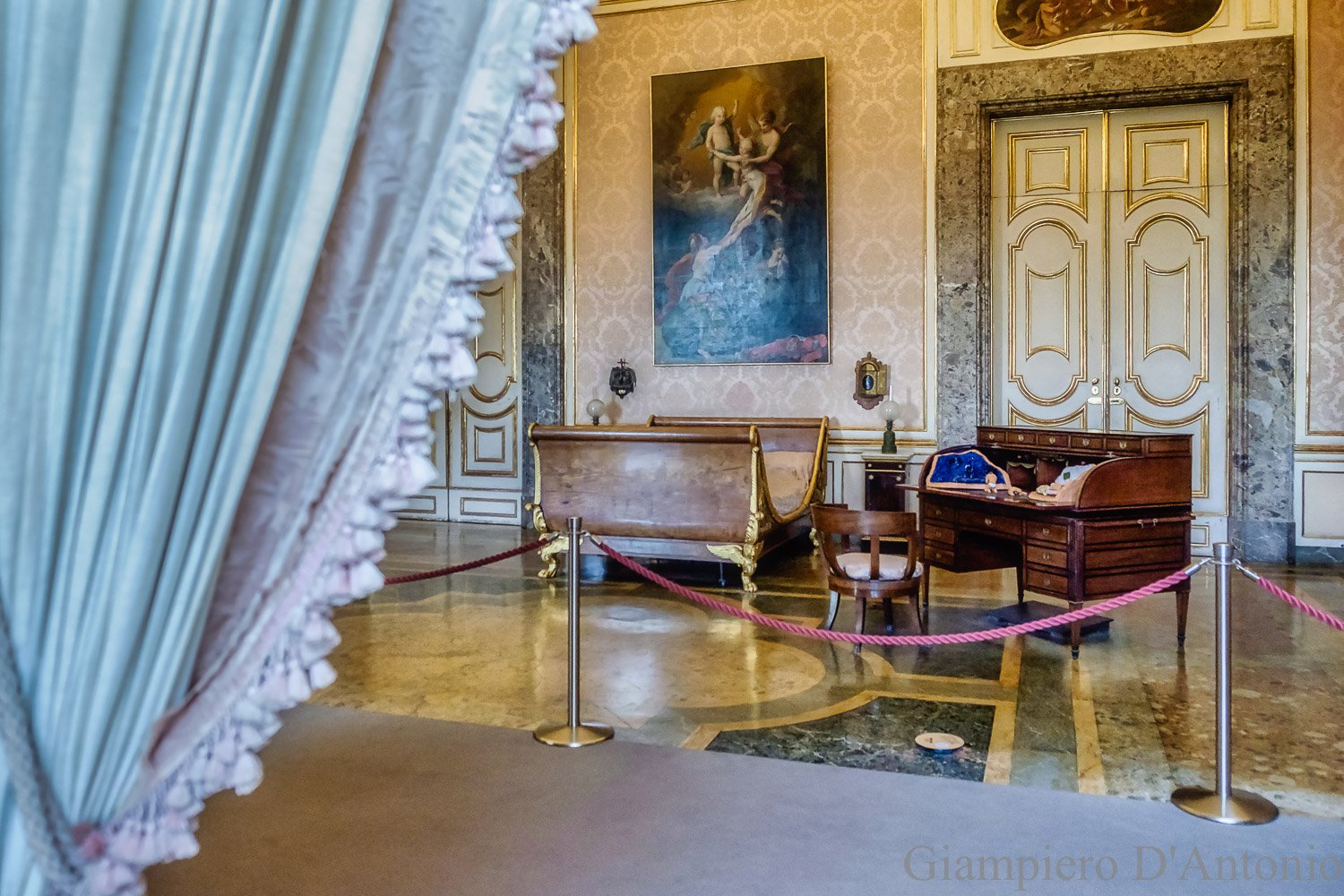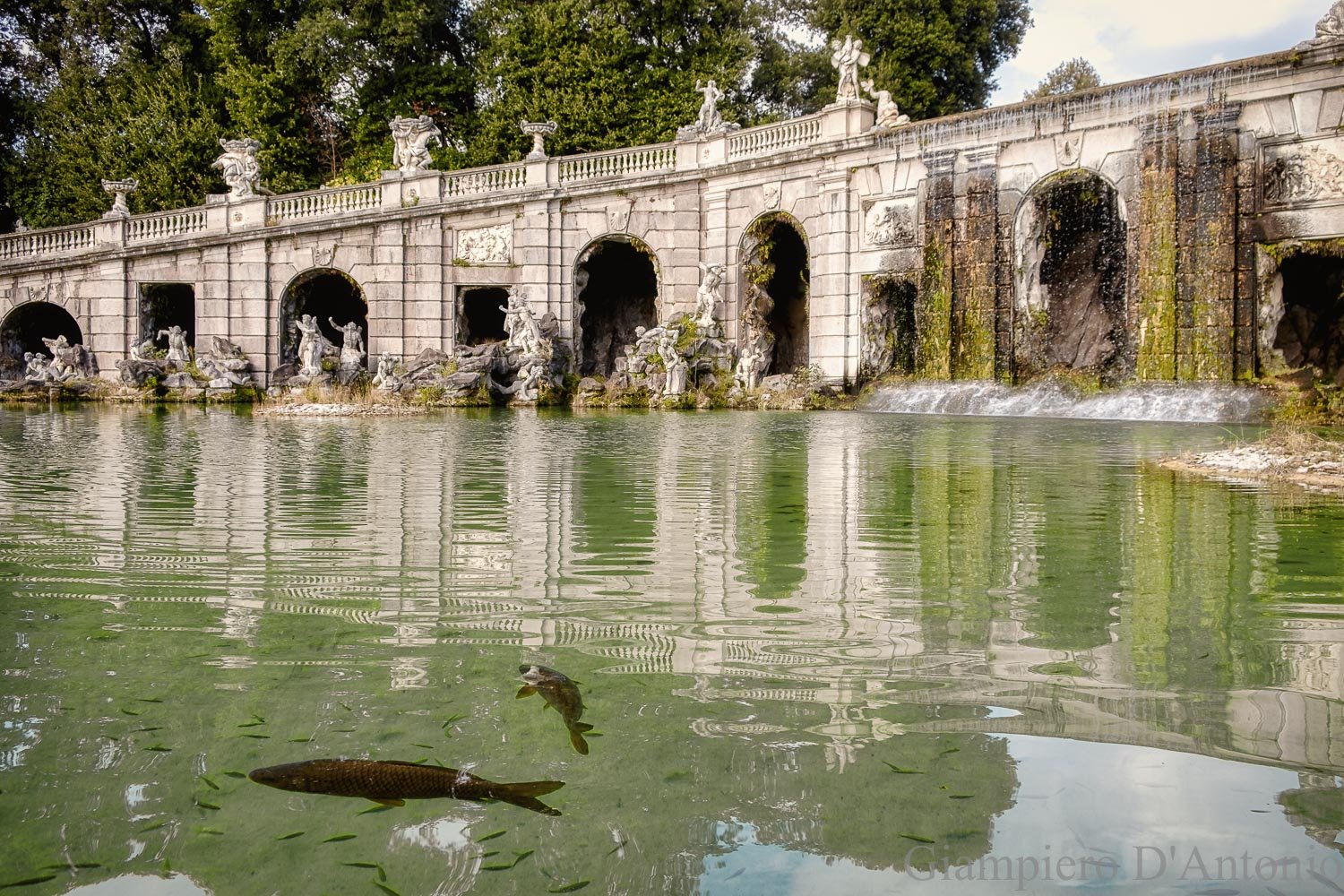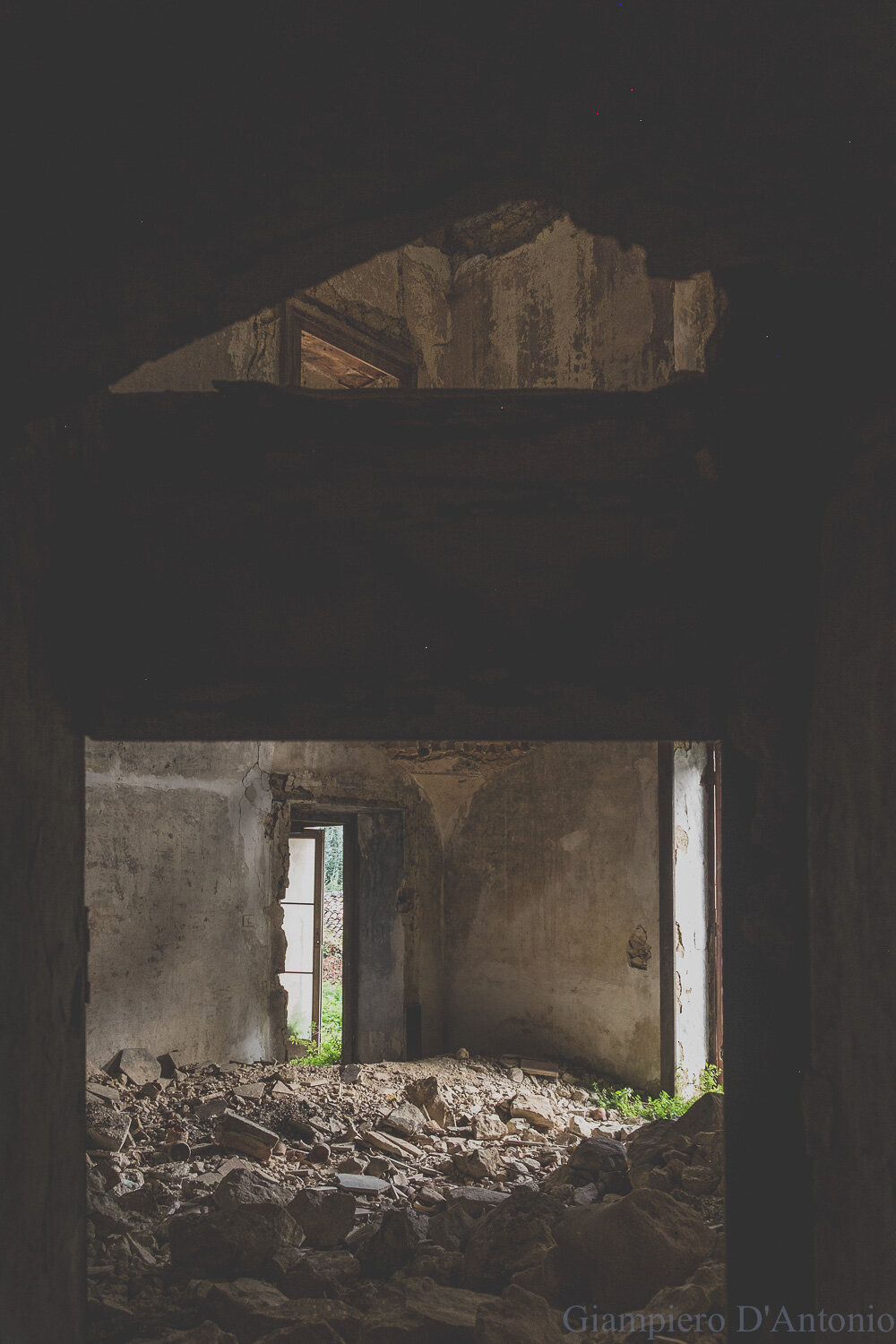Italy holds the record for the most UNESCO heritage sites in the world, and we are here today to present one of the most famous, the Royal Palace of Caserta.
The Royal Palace of Caserta (Reggia di Caserta) is a former royal residence in Caserta, Southern Italy, builded by the House of Bourbon-Swo Sicilies as their main residence as kings of Naples It is the largest palace erected in Europe during the 18th century.
The construction of the palace began in 1752 for Charles VII of Naples (Charles III of Spain), who worked closely with his architect,Luigi Vanvitelli.
The political and social model for Vanvitelli's palace was Versailles.
Like its French predecessor, the palace was intended to display the power and grandeur of an absolute Bourbon monarchy.
The Reggia has 5 floors, 1,200 rooms, 1742 windows, 34 staircases, 1026 fireplaces, a large library, and a theatre, modelled after the Teatro San Carlo of Naples.
The Reggia is by far the largest royal palace resulting from a single original project in the world in terms of volume with more than 1 million cubic metres (40 million cubic feet).
Of all the royal residences inspired by the Palace of Versailles, the Reggia of Caserta is the one that bears the greatest resemblance to the original model: the unbroken balustraded skyline and the slight break provided by pavilions within the long, somewhat monotonous façade. As at Versailles, a large aqueduct was required to bring water for the prodigious water displays.
The garden, a typical example of the baroque extension of formal vistas, stretches for 120 ha, partly on hilly terrain. It is also inspired by the park of Versailles. The park starts from the back façade of the palace, flanking a long alley with artificial fountains and cascades.
The fountains and cascades, each filling a vasca (basin), with architecture and hydraulics by Luigi Vanvitelli at intervals along a wide straight canal that runs to the horizon,
A large number of figures from classical Antiquity were modelled by Gaetano Salomone for the gardens of the Reggia, and executed by large workshops.
In 1997, the palace was designated a Unesco World Heritage Site; its nomination described it as "the swan song” of the spectacular art of the Baroque, from which it adopted all the features needed to create the illusions of multidirectional space.
With this article, we have started a cultural journey that, over time, will lead us to explore the rich and magnificent historical-artistic heritage of this wonderful country, Italy.














































